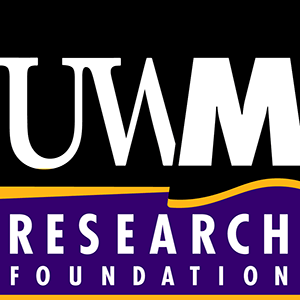
OTT1179
Applications
3D Volume flow Simulation, Fluid Dynamics, Porous Media flow simulation
Target Problems
• Hyperspectral chemical imaging records only 2D absorption maps, cannot detect the impurities buried inside a 3D volume.
• Designers are often using woven and stitched fiber mats to pack more fibers into polymer composites to achieve lighter weights and better mechanical properties.
Key Features
• Optimization of mold design in Resin Transfer Molding (RTM).
• Visualization of
– liquid-front motion during wicking flows in porous substrates with 3-D geometries
– filling of a mold or a porous substrate for various injection scenarios
– zones of partial saturations created in dual-scale porous media due to liquid flows.
• Solid Identification of dry spots in RTM molds.
• Capable for optimizing the shape of porous substrates used in wicking/wetting applications.
• Estimation of permeability (for flows) in fabrics and clamping pressures in RTM molds.
• Accurate Interface between open-channel and porous-medium regions and Injection Molding type flows, and of reactive, exothermic flow in fibrous porous media.
• Integrates with other (computational fluid dynamics) CFD tools-FEM meshes can be created, & post-processing can be done.
Technology
Inventors at the University of Wisconsin-Milwaukee have developed PORE-FLOW, a comprehensive CFD simulation focused on modeling liquid infiltration/wetting problems encountered in industrial porous media. PORE-FLOW is more accurate in modeling wicking into porous materials than current mold filling simulations in RTM. The Finite Element/ Control Volume (FE/CV) method is implemented in the code to simulate flow behind a moving boundary. The geometry may be 2D or 3D and the mesh may be structured or unstructured, giving maximum flexibility to the user. The porous-medium flow in the code is governed by either Darcy’s law or Brinkman equation depending on user’s choice. Besides the porous-medium flow, PORE-FLOW can also solve open-channel fluid flow problems.
Intellectual Property
Issued copyright.
Inventor (s)
Dr. Krishna Pillai, Professor in Mechanical Engineering
